Advertisement
Multidisciplinary patient management, standardized care contribute to success

Initial data is showing the payoff.
Advertisement
Cleveland Clinic is a non-profit academic medical center. Advertising on our site helps support our mission. We do not endorse non-Cleveland Clinic products or services. Policy
When clinicians across medical disciplines at Cleveland Clinic joined forces in 2018 to establish an evidence-based intensive care unit specifically for patients with advanced liver disease, they believed it would positively affect outcomes but were uncertain to what degree.
Now, initial data presented at Digest Disease Week (DDW) 2019 by gastroenterologist Christina Lindenmeyer, MD, and colleagues reveals improved survival among the first 185 cirrhotic patients managed in the Medical Intensive Liver Unit (MILU) compared to 711 cirrhotic patients treated in a traditional ICU during the previous 10 years.
Patients admitted to the MILU experienced a higher transplant-free survival rate (79.5%) compared to a survival rate of 70.8% among patients in the non-MILU group. The 8.7% increase in transplant-free survival was statistically significant (p = 0.015).
“The decrease in mortality is likely multifactorial,” Dr. Lindenmeyer says. “Survival may be improved now that patients are co-managed by both a transplant hepatologist and an intensivist on a daily basis.”
The new research reflects patients with cirrhosis admitted to the MILU during its initial six months of operation, from August 27, 2018 to February 28, 2019. Going forward, the researchers plan to track and compare in-hospital survival rates, length of ICU stay and the total time these patients remain in the hospital.
Advertisement
Survival and other outcomes were adjusted for patients’ gender, the severity of illness and the cause of their liver disease.
The study found that the average Model for End-Stage Liver Disease-Sodium (MELD-Na) score — a prognostic indicator of patients at greatest risk of dying — was slightly lower in the MILU group than in the non-MILU group (25 vs. 26, p = 0.028), likely reflecting the targeted effort to recruit and care for all patients with cirrhosis in this new sub-specialty ICU.
Dr. Lindenmeyer teamed up with intensivist Aanchal Kappor, MD, to create and run the co-managed MILU, as previously highlighted in Consult QD. Their motivation was to reduce in-hospital and short-term mortality rates for patients with advanced liver disease; historically, fewer than half survive hospitalization. Early diagnosis and treatment can lessen the risk of complications and hepatic decompensation and may prompt faster initiation of advanced medical and surgical therapies, including liver transplantation.
Another factor contributing to the unit’s success is the presence of team members specifically trained to optimize care for these critically ill patients, she says. Dedicated nurses, physical therapists, occupational therapists, nutritionists and a transplant coordinator each undergo additional, ‘protocolized’ education to standardize care.
The benefit for patients is “more intensive care from a multidisciplinary team,” Dr. Lindenmeyer says.
Evidence-based care pathways are another central component of the MILU. In addition to cirrhosis, individual care pathways focus on hepatic encephalopathy, gastrointestinal bleeding, acute liver failure, spontaneous bacterial peritonitis and acute kidney injury.
By utilizing those, “we believe we’re providing better, more standardized, evidence-based care,” Dr. Lindenmeyer says.
“It’s a novel model,” she says. Most other programs combine medical and surgical care. “Our specially trained multidisciplinary team of caregivers dedicated to medical and pre-transplant patients is unique.”
“By presenting early data,” Dr. Lindenmeyer says, “we hope to encourage this kind of model as a standard of care for patients who are critically ill with cirrhosis.”
In fact, liver specialists at other institutions nationwide are showing interest in the Cleveland Clinic approach. “We’ll be giving grand rounds and visiting other institutions this fall – institutions that are interested in opening similar units,” Dr. Lindenmeyer says.
Advertisement
Meanwhile, the initial results presented at DDW are just a starting point. Dr. Lindenmeyer and her colleagues plan to continue assessing the MILU’s performance and reporting patient outcomes on an ongoing, transparent basis.
One goal of the ongoing research is to generate data to support Cleveland Clinic designating the unit as a Center of Excellence for the clinical care of patients with advanced liver disease.
Another goal is to optimize relationships with other relevant specialists within the hospital. For example, Dr. Lindenmeyer and team formed a collaboration with Cleveland Clinic neuro-intensive care unit personnel and their neurosurgical colleagues with the intent to improve management of patients with neurologic complications of acute liver failure.
Nothing about the MILU is static. The effort to integrate up-to-date evidence will continue. “It’s an evolving process. We started out with a certain number of protocols, and we have three more in development,” Dr. Lindenmeyer says. “All the protocols we began with have undergone review and revision, so we’re always trying to do better.”
Advertisement
Advertisement

Insights from Cleveland Clinic’s Vice Chair of Innovation and Technology
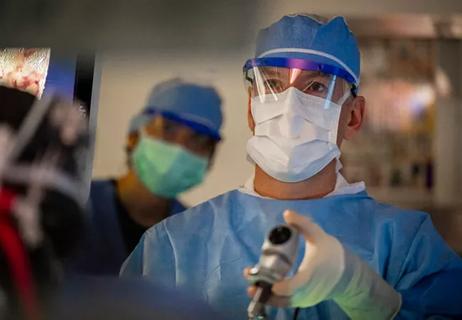
Fewer incisions and more control for surgeons

New Vice Chair of Innovation and Technology Dr. Matthew Kroh talks about device development, robotics, artificial intelligence and nurturing a culture of innovation
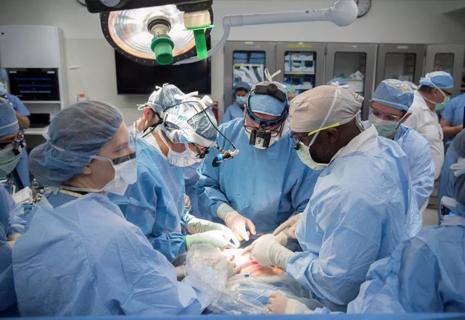
A concise summary of an historic operation
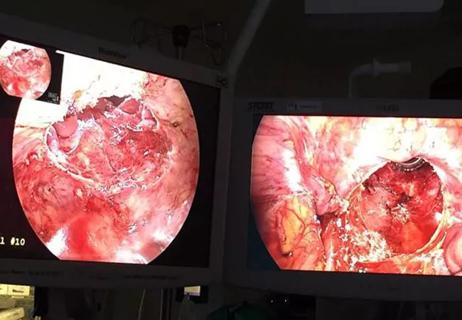
TaTME's uses now extends beyond rectal cancer
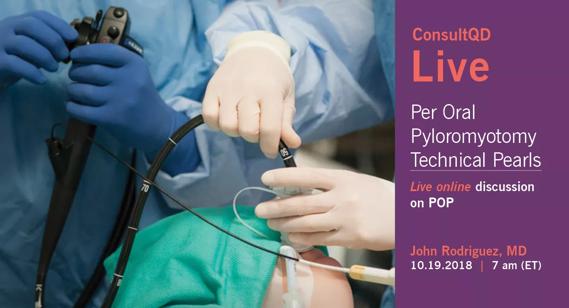
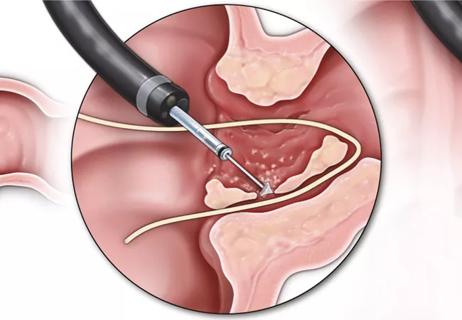
A look at endoscopic fistulotomy

Goals: lower cost and ensure optimal outcomes